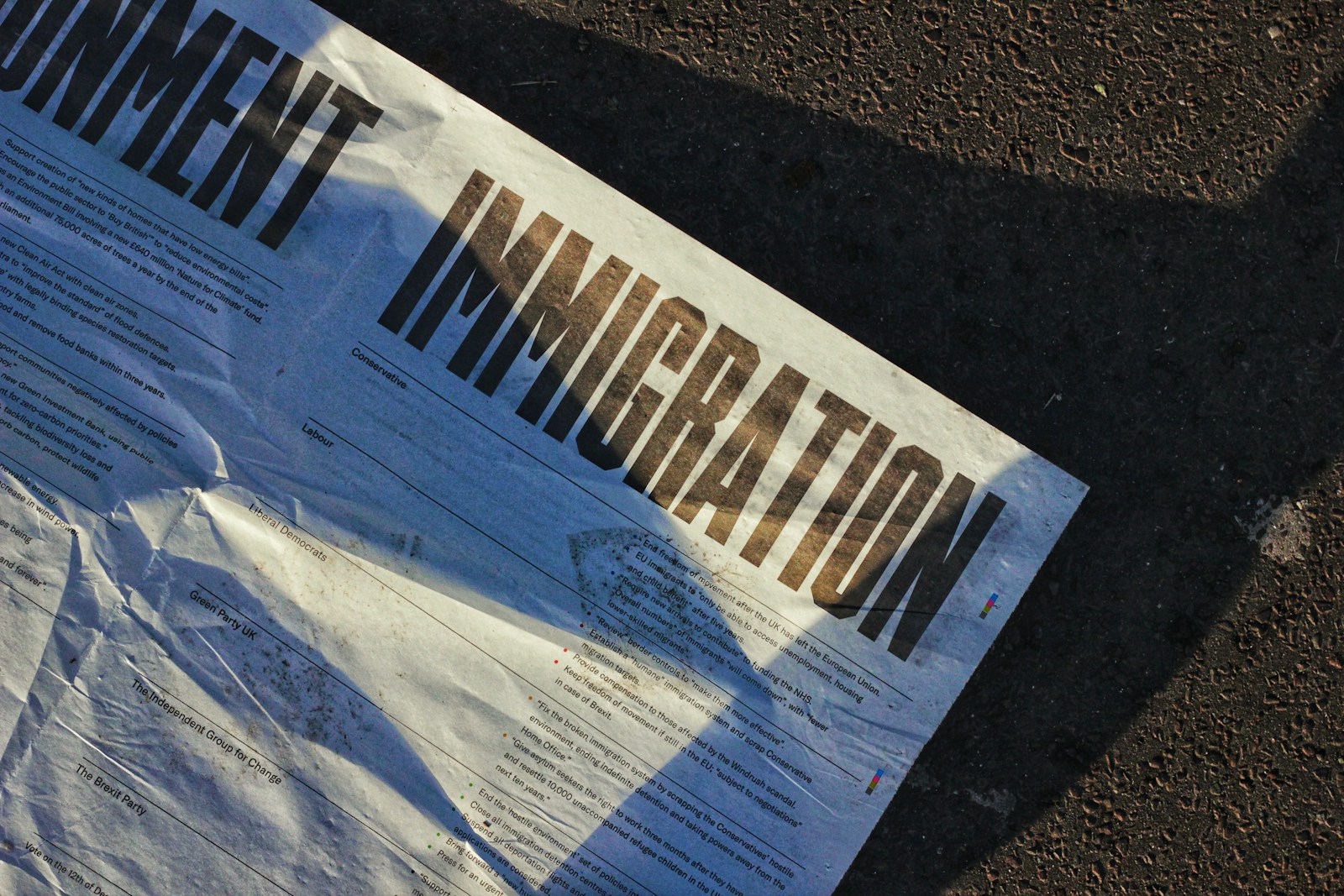Key takeaways
• Customs and Border Patrol Commander Gregory Bovino is accused of firing tear gas at protesters.
• The lawsuit claims this act broke a court order banning riot control tactics.
• U.S. District Judge Sara Ellis has ordered depositions of Bovino and other agents.
• The case may shape how agents handle future protests.
Why Tear Gas is at the Center of the Case
An immigration commander stands accused of using tear gas against protesters in Chicago’s Little Village neighborhood. Commander Gregory Bovino allegedly pulled out a canister of tear gas and tossed it into a crowd. Then, he grabbed a second canister from his belt. State and federal officials had already banned this tactic. Yet, video evidence shows him doing it anyway. As a result, the plaintiffs argue that he broke the court’s clear orders.
Court Order vs Tear Gas Tactics
Earlier this year, a court ruled that Customs and Border Patrol agents must avoid riot control methods. In particular, the order prohibited using tear gas and firing “less-than-lethal” rounds. Moreover, it banned flashbangs and smoke grenades. The judge spelled out these rules in multiple paragraphs, aiming to protect peaceful demonstrators. However, the lawsuit claims Commander Bovino ignored these limits when he used tear gas. Consequently, the plaintiffs say he violated not just one rule, but several parts of the order.
What the Lawsuit Says
The lawsuit accuses Bovino of clear wrongdoing. First, it notes video showing him in uniform but without headgear. Then, it describes him throwing a tear gas canister over agents’ heads and into the crowd. Next, the suit points out that he grabbed another canister and prepared to fire again. The plaintiffs allege this conduct violates the court’s ban on gas deployments. They emphasize that the order applied to all agents, regardless of rank. Therefore, Bovino’s rank did not give him extra power to break the rules.
Judge Orders Depositions
On Monday, U.S. District Judge Sara Ellis took action. She demanded that Commander Bovino appear for a deposition. In addition, she called on Deputy Chief Patrol Agent Daniel Parra and former Chicago Field Office Director Russell Holt. They must answer questions under oath about force tactics during immigration crackdowns. This depositions process will gather facts about when and why tear gas was used. Furthermore, it may reveal who approved certain tactics. Next, their sworn statements could guide the court’s final decision.
Potential Impact on Protest Policing
This lawsuit has wide-reaching implications. First, it sends a strong message about following court orders. If agents face consequences for breaking guidelines, future misconduct may drop. Second, it could reshape how border agents approach crowd control. Instead of using tear gas, they might seek alternative methods. Third, it highlights the need for clear rules. Agencies may update policies to prevent gray areas. Lastly, communities may gain confidence that peaceful protests receive proper respect.
Why This Matters
Protests are a vital part of democracy. People rely on their rights to speak and gather peacefully. When law enforcement uses tear gas without cause, public trust erodes. Moreover, safety concerns grow when crowds fear sudden gas canisters. Therefore, courts set rules to protect both citizens and officers. If high-ranking officials break those rules, accountability must follow. Otherwise, the legal process loses meaning.
Looking Ahead
The upcoming depositions will likely draw media attention. As witnesses share details, more information will come to light. Meanwhile, public interest in the case will grow. Many will watch to see if the court extends or tightens the ban on tear gas. Also, this case could set a precedent for other jurisdictions. Law enforcement agencies may adopt new training or avoid controversial tactics.
Understanding Depositions
A deposition allows lawyers to question witnesses under oath before a trial. The questions and answers become part of the legal record. Depositions help both sides build their arguments. In this case, the court’s goal is to clarify if tear gas use broke legal orders. Subsequently, the judge may issue new guidance or penalties.
Community Responses
Local activists expressed shock at the tear gas claim. They said protests in Little Village remained peaceful. They argue that agents used force without justification. In contrast, Border Patrol officials maintain they acted in self-defense. However, the lawsuit insists no one threatened officers at the time. As a result, community leaders demand stronger oversight.
What’s Next
First, attorneys will prepare questions for the depositions. Then, the witnesses will appear in courtrooms around Chicago. After that, the judge will review the sworn testimony. Lastly, she will decide whether to hold agents in contempt or adjust the existing ban on tear gas.
Frequently Asked Questions
What was the court order about?
The court order banned agents from using riot control tools like tear gas, flashbangs, and rubber bullets on protesters. It aimed to protect people exercising their right to protest.
Why is tear gas controversial in this case?
Tear gas can cause serious harm if used improperly. Here, video shows a commander using it on a peaceful crowd, which the lawsuit says broke the court’s clear ban.
Who is facing deposition?
Commander Gregory Bovino must appear for questioning. Also, Deputy Chief Patrol Agent Daniel Parra and former Chicago Field Office Director Russell Holt must testify.
What could happen after depositions?
The judge may enforce penalties, expand restrictions, or require new training. The outcome will influence how law enforcement handles future protests.

